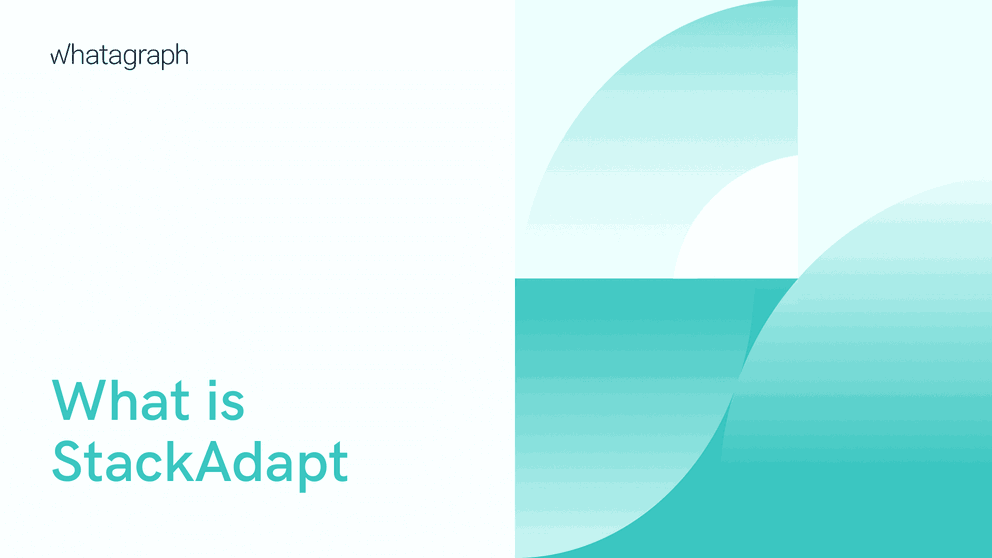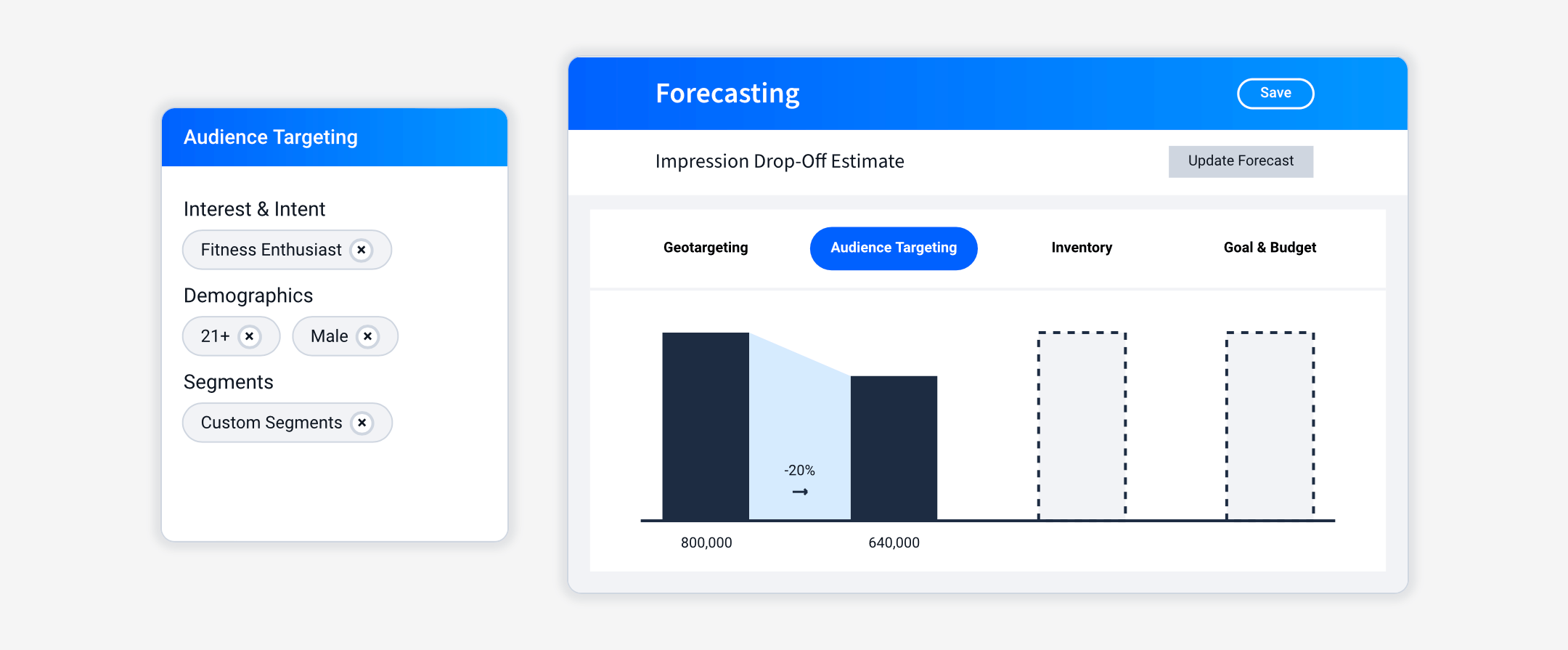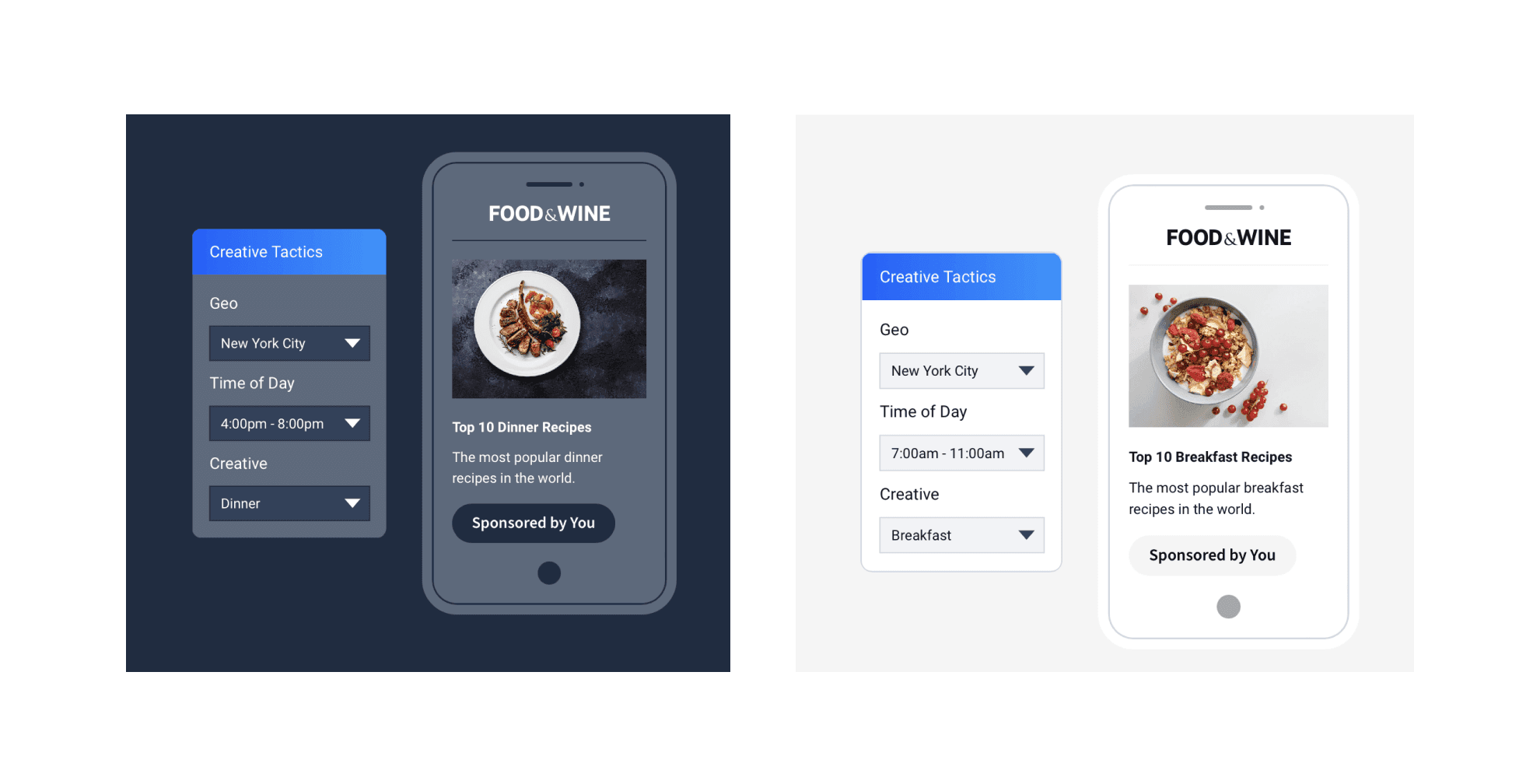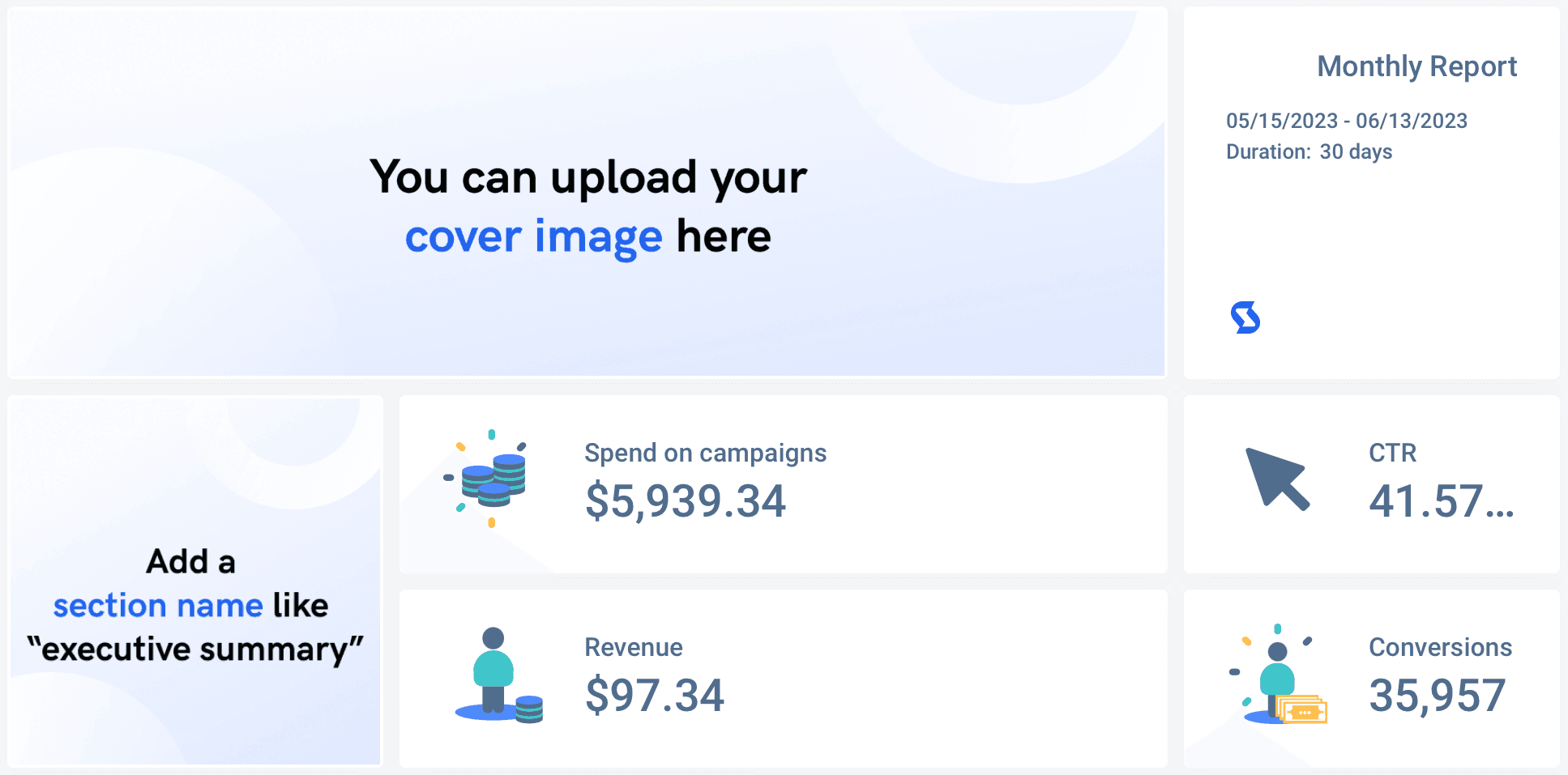What is StackAdapt and How to Use It
As more content is created for mobile, native content is becoming a multimillion-dollar industry. A Nielsen case study says that 42.2% of brand lift is generated by native ads among users. Judging by its effectiveness, native advertising is becoming as popular as traditional display advertising. StackAdapt is a native advertising platform designed specifically to help marketers create native content.

Jun 15 2023●5 min read

What is StackAdapt?
StackAdapt is a self-serve advertising platform for distributing and promoting content using real-time, data-driven audience targeting. It allows users to create a variety of ad formats, including display, native, video, and connected TV advertisements.
Through data providers such as Acxiom and Bombara, StackAdapt can access third-party segments to target audiences by location, industry, job function, and title.
Due to the size of their network, powerful targeting capabilities, and a variety of ad formats, StackAdapt allows advertisers to reach their audience while they’re browsing the internet on either desktop or mobile devices. 
In a nutshell, an advertiser selects the targeting criteria, and the StackAdapt engine places the ads on the website your audience frequents most. In addition, you can do white-list placement where you select websites on which your ads appear.
StackAdapt is an excellent choice for brands that are looking to increase sales and revenue at an efficient cost.
Before we get to use examples, let’s explore the StackAdapt mechanics.
Three-pillars of programmatic advertising
As a demand-side platform (DSP) platform, StackAdapt is designed around three core pillars of programmatic advertising:
- Planning
- Executing
- Analyzing
Plan campaigns
StackAdapt planning functionalities offer users tools for gaining insights into a campaign’s potential even before you launch it.
- Creative studio: Creative collaboration platform where your team can match creative assets with campaign KPIs and create ads for optimal platform capabilities.
- Planner: Evaluate data-driven campaign potential in real-time to identify the highest-value opportunities to reach customers across an optimal channel mix.
- Ad previewer: Preview display, native, and video ads on desktop and mobile across 500+ publishers and 23 verticals.
Execute campaigns
Once the planning stage is done, you can proceed to execute your ad campaigns with:
Multi-Channel targeting: Serve a variety of ads to reach individuals across a range of media platforms and extract performance data with multi-channel targeting and tracking.

Different ad content depending on the time of day
- Inventory and marketplaces: Gain access to scaled, high-quality supply across all of the channels where your audiences consume content.
- Strategy tools: A suite of Strategy tools improves creative tactic capabilities while saving time that would otherwise be spent on creating multiple campaigns to execute multiple tactics.
Analyze campaigns
StackAdapt offers an industry-leading analysis engine for understanding the effects of your campaigns.
- Machine learning and AI: Automate performance decisions so your campaign has a broader reach at scale.
- Reporting: Native Whatagraph integration allows you to effortlessly bring data from StackAdapt an other marketing channels into one report.
- Actionable insights: Location-based intelligence partnerships to measure conversion contributions in the last mile of the journey.
Native ads vs. display ads
Before we dive into the specifics of using StackAdapt for getting in front of the target audience, let’s explain the difference between native ads and display ads, as we’ll be explaining the use scenarios for both.
Display ads, also known as banner ads, have a sort of veteran status, as they’ve been around pretty much since the advent of digital advertising. These ads are usually brightly colored and contain independent branding, which is consistent with the company displayed but in stark contrast to the website they appear on.
Banner ads used to be a primary marketing medium, while nowadays, they are used as part of a broader multichannel strategy.
Native ads, on the other hand, are designed to blend seamlessly with the platform where they appear. Facebook ads look like Facebook posts, Instagram ads look like Instagram posts, TikTok ads look like TikTok videos, etc.
In other words, the visitor feels the native ads are part of the website they are viewing.
Let’s compare the two ad types briefly:
Display Ads | Native Ads |
| Images and text that can be interactive. | Static images and text. |
| Shape and size fit different locations on a web page. | Recommended or branded content. |
| Stand out, as it’s clear they are promoting something. | Blend seamlessly into site content and media format. |
| Best for raising awareness of a brand, product, or service. | Best for educating your audience by offering answers they may be looking for. |
How to use StackAdapt — 4 use examples
Here are the four examples of how marketing teams can use StackAdapt to align their ad message with the audience’s intent.
1. Employ holistic targeting
StackAdapt allows you to target the right customer, at the right time, on the right channels. Leverage native, display, video, CTV, audit, and in-game ads to reach individuals across mobile, desktop, tablet, TV, and video games. Marketers can lead users down the funnel to conversion by layering channels to align with the customer journey.
For example, when visitors are browsing a website, reading articles, or collecting information, they don’t expect to see an ad to fill out a form. These people will likely be further up in the funnel, so bottom-funnel offers won’t do you much good here. Use StackAdapt to plan your lead generation campaign by leveraging top-funnel display ads.
2. Promote ungated content
To make programmatic, and especially programmatic native successful, your pages should also provide ungated content. As an agency, you can recommend using StackAdapt to promote your client’s ungated content, such as landing pages, blog posts, and articles.
Craft a short headline, description, and image with no text to blend the native ad into the publisher’s site. You can also use tracking parameters in the URL to segment the data for reporting. Because of the ways the purchase intent develops, programmatic is a mid-funnel strategy. This means that the user interaction with the brand should also be aligned with their intent — light and with a focus on relation-building, not too salesy.
3. Streamline ad campaigns
Using the StackAdapt suite of Strategy tools, marketers are able to add more granularity to programmatic campaigns. You have the means to test hundreds of variants against your campaigns and optimize them for effectiveness. StackAdapt’s Bid Factoring workflow allows teams to define multiple bid tactics for each campaign and automatically serve the most relevant ad to audience segments.

Whether you need quick access to common tasks or advanced features, the Campaign Editor allows you to bulk edit campaigns simultaneously and update details such as geotargeting, inventory, flight dates, budgets, and more.
4. Speak to audience personas
When it comes to native advertising and sponsored content, apart from buyer personas, you also need to be familiar with audience personas. When using StackAdapt to create native ads, it’s important to use audience personas instead of buyer personas, as they tend to be very different. For audience personas, your main concerns should be:
- What are their demographic characteristics?
- What kind of lifestyles do they lead?
- What are their interests?
- What kind of language do they use?
- What topics would they be most interested in?
The audience who is likely browsing a website is likely to be farther up in the funnel and not ready to make a purchase right away. Connect and engage with these visitors by providing educational native content first and information about your product or service last.
Analyzing StackAdapt data now made easier with Whatagraph
Naturally, such a capable advertising platform also demands an equally capable reporting solution. The good news is that StackAdapt has native integration for Whatagraph.
What does that mean?
It means that you can now connect your StackAdapt account to Whatagraph and visualize the performance of your client’s ad campaigns in reports and interactive dashboards.

Share live dashboards with one click or export data to spreadsheet format for further analysis.
Data extraction and visualization are fully automated, so you don’t need to log in to StackAdapt to capture your client’s data performance.
Just connect StackAdapt to Whatagraph, and the data gets populated in seconds. Select a date range and a schedule that you want, and your clients will get their ad performance metric reports on time without skipping a beat.
To make StackAdapt reporting easier, we created a beautiful StackAdapt template that you can use as a starting point or create your own report from scratch.
You’d prefer a different arrangement of widgets in your report? Change them by drag-and-dropping, add new dimensions and metrics, remove the existing ones, or change the entire design of the report, including the colors, fonts, logos, and graphics.
As with all Whatagraph reports and dashboards, you have the white-label option, which allows you to completely remove Whatagraph branding and monetize the report as your own.
Another benefit of using StackAdapt with Whatagraph is that you can track and report the performance of your programmatic ad campaigns along with other marketing sources using the familiar Whatagraph’s drag-and-drop visualization.
This way, you not only save time by using a single platform to connect, visualize and share marketing data from all your sources but also offer your clients uniform and consistent reporting across all channels.
New to Whatagraph?
If you’re new to Whatagraph, you should know that apart from StackAdapt, we have over 40 ready-made integrations, a custom API and BigQuery integration to easily connect data from all sorts of marketing channels and other data sources.
And did you know that we also offer code-free data transfer to the Google BigQuery data warehouse?
In just four steps, you can move your or your client’s data to the safety of a fully-managed cloud-based data warehouse and keep it safe from shifting platform policies or discontinued services.
Apart from keeping your data safe, you can use our data transfer service to integrate data coming from different platforms, as well as analyze historical data beyond the capabilities of individual platforms.
Final words
StackAdapt is a digital advertising platform that specializes in multi-channel paid ad solutions, including native, display, video, connected TV, audio, and in-game ads.
Marketers can use StackAdapt to automate ad campaigns by defining multiple bid tactics and previewing advertisements before launching them on specific domains.
To report on the campaign’s success and keep clients in the loop, we suggest using Whatagraph.
Why?
- Because it’s easy to use,
- Has native integration with StackAdapt, and
- A Beautiful template that we designed specifically for StackAdapt reporting.
Try out Whatagraph’s StackAdapt dashboard template and see for yourself how easily you can measure your digital ad campaign performance across multiple devices and channels.

WRITTEN BY
Nikola GemesNikola is a content marketer at Whatagraph with extensive writing experience in SaaS and tech niches. With a background in content management apps and composable architectures, it's his job to educate readers about the latest developments in the world of marketing data, data warehousing, headless architectures, and federated content platforms.